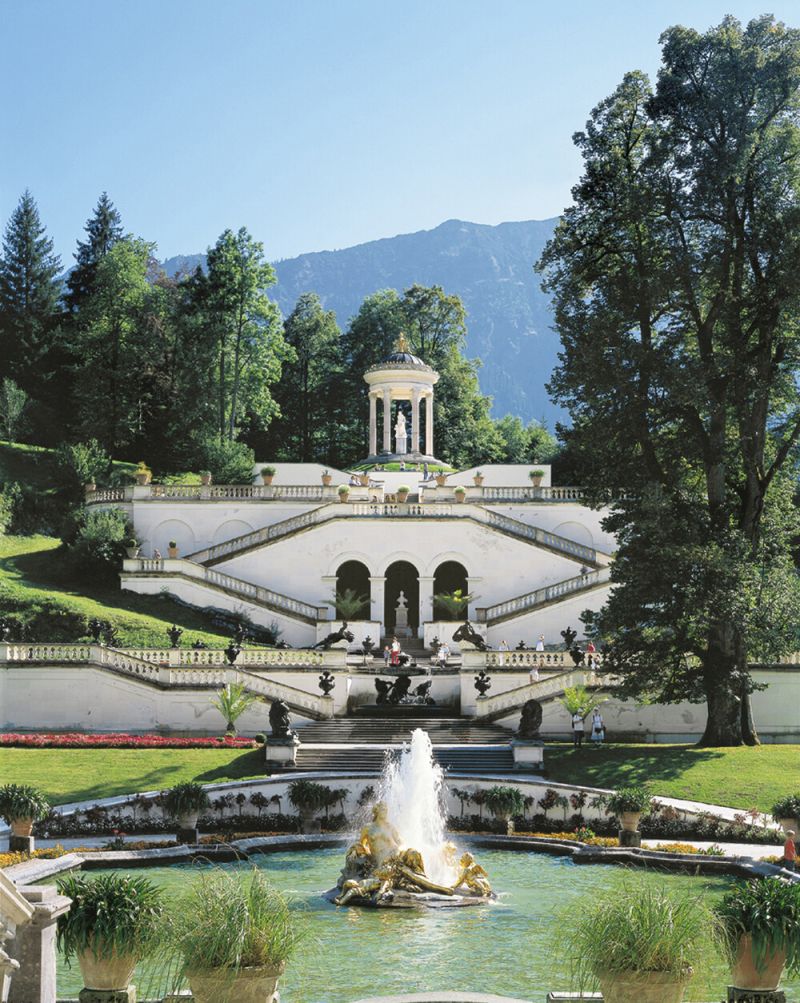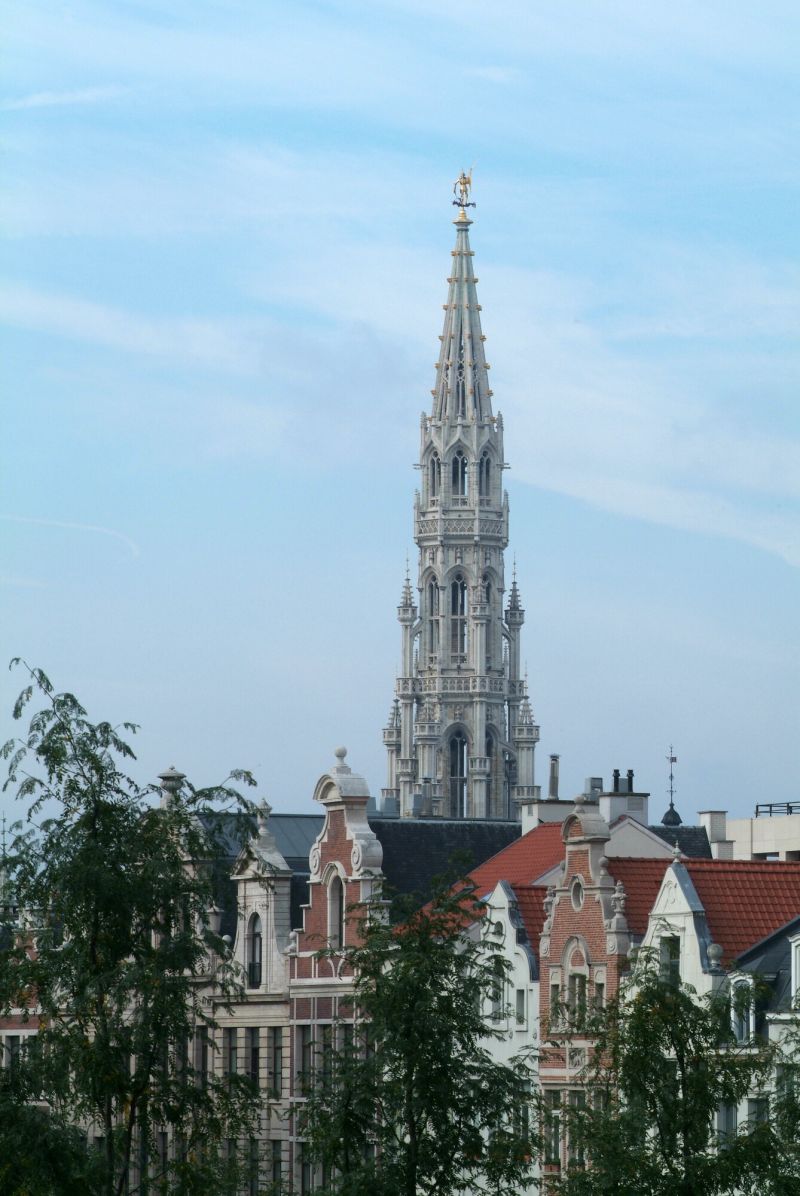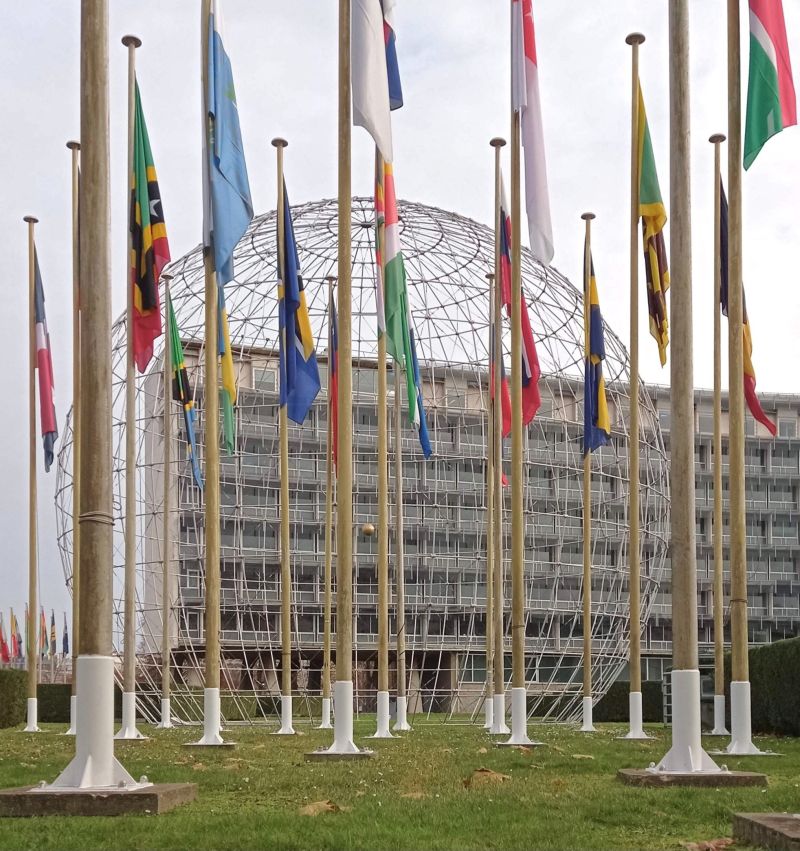The Belgian delegation, including Urban, has been an elected member of the UNESCO World Heritage Committee since 2021. The group played a key role at the 47th session of the Committee, held in Paris from 6 to 16 July 2025, as Vice-Chairperson of the Committee.
With 196 member states, the Convention Concerning the Protection of the World Cultural and Natural Heritage adopted on 16 November 1972, is the most widely ratified UNESCO convention in the world.
During this Committee session, 322 decisions were taken, including 26 new inscriptions on the World Heritage List (and 4 non-inscriptions), 3 deletions from the list of properties at risk, and 249 decisions on the monitoring and preservation of inscribed sites.
This global programme enlists hundreds of people across five continents to honour the commitments of signatory States to protect humanity's heritage.
Belgium's four-year term
Belgium, elected to the Committee in 2021, has played an active role throughout its term, which will end in December 2025 at the 25th General Assembly of States Parties to the 1972 World Heritage Convention.
○ A well-recognised and active delegation
During its term of office, the Belgian delegation, made up of heritage experts from the three regions and Belgian diplomats at UNESCO, built up a solid reputation for taking an active part in debates and seeking compromise as a pragmatic member of the Committee. Belgium has often played a decisive role in decisions and has demonstrated an attitude that upholds the principles of the Convention.
○ The role of the Committee and advisory bodies
The assessment of Outstanding Universal Value, integrity, authenticity and protection is at the heart of the Committee's work, which draws on the evaluations of the advisory bodies: the International Council on Monuments and Sites (ICOMOS), for cultural heritage, and the International Union for Conservation of Nature (IUCN), for natural heritage.
○ Global issues, resources and constraints
The year was marked by a number of sensitive issues, highlighting questions relating to management, the Convention's criteria and the authenticity of heritage – a question on which understanding can vary from one region of the world to another. The group of African countries, which has long been in the background, has become increasingly assertive, which also reinforces the consideration of intangible heritage in relation to the uses of natural and architectural heritage, as well as the involvement of indigenous communities in all processes.
Certain situations, especially in conflict zones or particularly fragile areas, also require delicate management, as in Palestine, Congo or Ukraine. This year, a record number of 249 decisions concerning the worrying state of conservation of inscribed properties were adopted by the Committee.
With almost 1,500 inscribed properties, the human and financial resources devoted to the Convention, to site monitoring and management, remain insufficient, putting teams under constant pressure. Fundamental work on registration strategy, sustainable development and funding is, therefore, also an important part of the Committee's work.
○ Highlights of Belgium's term
During its term of office, the Belgian Delegation experienced several key moments, including:
- in 2023: transnational inscription of the "Funerary and memory sites of the First World War" (France/Belgium) on the World Heritage List;
- in 2024: appointment of the Wallonia-Brussels International delegate as rapporteur for the 46th Session of the Committee in New Delhi;
- also in 2024: support for the inclusion of the Palestinian site of Saint Hilarion in Gaza and several Ukrainian sites on the List of World Heritage in Danger.
This was Belgium's second term on this prestigious Committee, following their first successful membership from 1999 to 2003.
26 new inscribed sites on the World Heritage List
On the occasion of the 47th session of the Committee, 26 new sites were inscribed on the World Heritage List, recognising their outstanding universal value and the relevance of their management.
These include symbolic sites for the history of art and architecture, such as the Minoan Palatial Centres on Crete, the megalithic alignments of Carnac in Brittany, and the Palaces of King Ludwig II of Bavaria, as well as sites that are hugely important to the world's memory, such as the Khmer Memorial Sites in Cambodia, the Faya Palaeolandscape in the United Arab Emirates, and the Murujuga Cultural Landscape in Australia.
The Committee consulted some of Urban's officers, who contributed their expertise to the analysis of these nominations, through the international professional organisations to which they belong (ICOMOS and IUCN), UNESCO's scientific advisors in the implementation of the 1972 World Heritage Convention.
Belgian initiatives to protect our world heritage
The 47th session of the Committee also saw the launch of several initiatives by the Belgian entities (Wallonia and Flanders), including two major projects for site monitoring and management:
- UNESCO Sites Navigator: a comprehensive monitoring tool that visualises verified, georeferenced boundaries of World Heritage properties, Biosphere Reserves, and UNESCO Global Geoparks.
- World Heritage and Renewable Energy: a new guide to wind and solar energy projects in a world heritage context, aimed at reconciling the preservation of properties with the development of renewable energies.
To delve a little deeper
International Heritage in Brussels
Take advantage of this opportunity to rediscover Brussels' gems listed as UNESCO World Heritage Sites, including several of Victor Horta's masterpieces, the Stoclet Palace, the Sonian Forest, not forgetting the emblematic Grand-Place in Brussels.
→ Find out moreOur intangible heritage also earning recognition
In addition to world cultural and natural heritage, intangible heritage is also being recognised, thanks to the Convention for the Safeguarding of the Intangible Cultural Heritage, adopted on 17 October 2003 and currently ratified by 163 States.
Rediscover these elements of Brussels' intangible heritage, recognised by UNESCO, the latest of which is fairground culture in France and Belgium.
Two other symbols of Brussels' heritage are also in the running for imminent inscription: the tradition of flower carpets and Brussels rod puppets.





